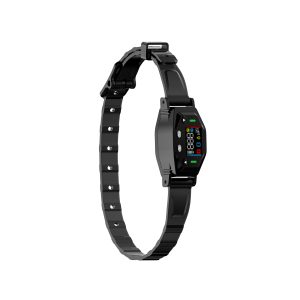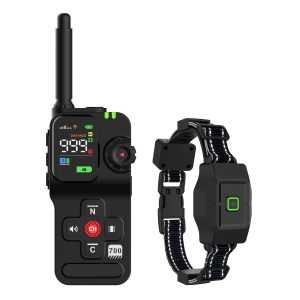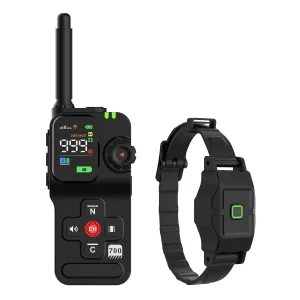The Science Behind Large Dog Bark Control Collars
Large dogs can be wonderful companions, but their loud barks can sometimes become a nuisance. Bark control collars are a popular solution to this issue, but how do they work?
These collars typically use sound, vibration, or static stimulation to deter excessive barking. Sound-based collars emit a high-pitched noise that interrupts the barking, while vibration collars deliver a gentle vibration that distracts the dog. Static collars provide a mild static shock when the dog barks excessively, teaching them to associate barking with an unpleasant sensation.
It’s important to choose a bark control collar that is appropriate for your dog’s size and temperament. Large dogs may require a collar with adjustable intensity levels to ensure effective training without causing harm.
Selecting the Right Bark Control Collar for Your Large Dog
When choosing a bark control collar for your large dog, consider factors such as the collar’s range, sensitivity, and correction methods. Look for collars with customizable settings so you can tailor the training to your dog’s specific needs.
Additionally, make sure to introduce the collar gradually and use positive reinforcement to encourage desired behavior. Consistent training is key to successfully reducing excessive barking in large dogs.
The Benefits of Using Bark Control Collars
Bark control collars offer several benefits for both dogs and their owners. By effectively reducing excessive barking, these collars can improve the quality of life for both the dog and their human companions.
Quiet environments can lead to reduced stress levels for dogs, improving their overall well-being. For owners, bark control collars can help maintain peace in the neighborhood and prevent conflicts with neighbors due to noise complaints.
Conclusion
Large dog bark control collars are a valuable tool for training and managing excessive barking. When used correctly and responsibly, these collars can help create a peaceful and harmonious environment for both dogs and their owners.




